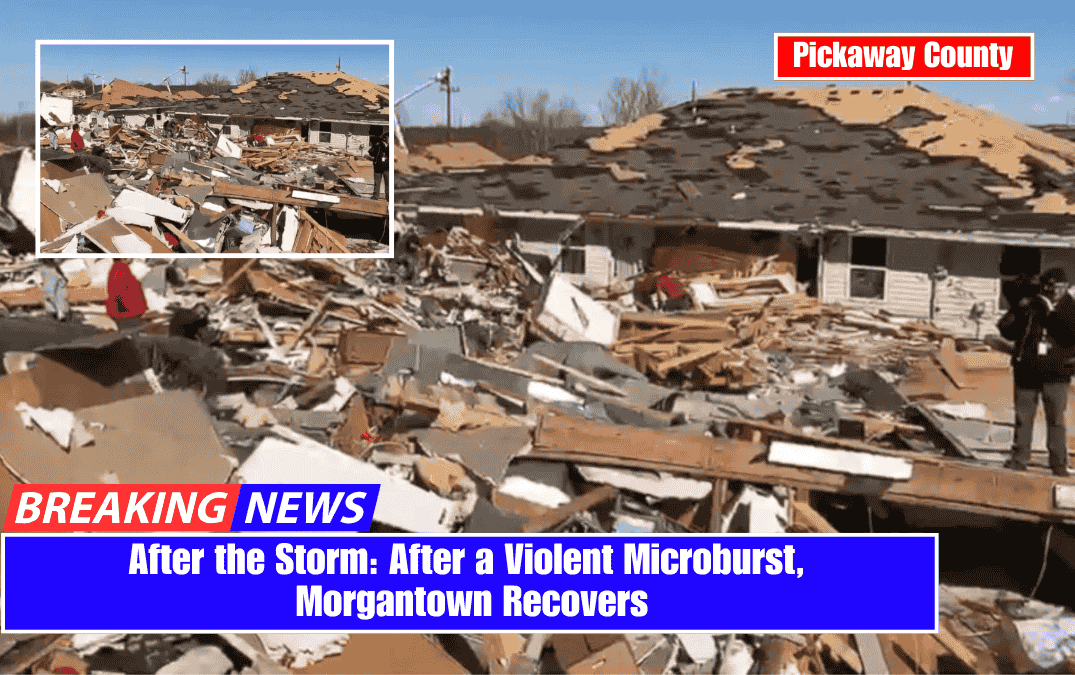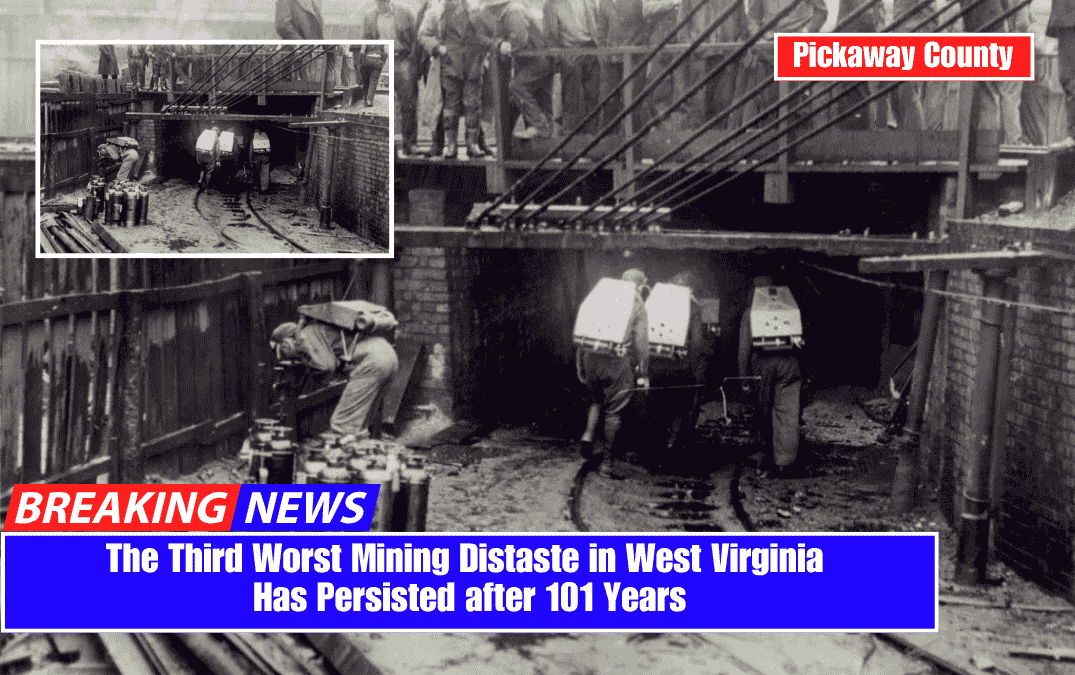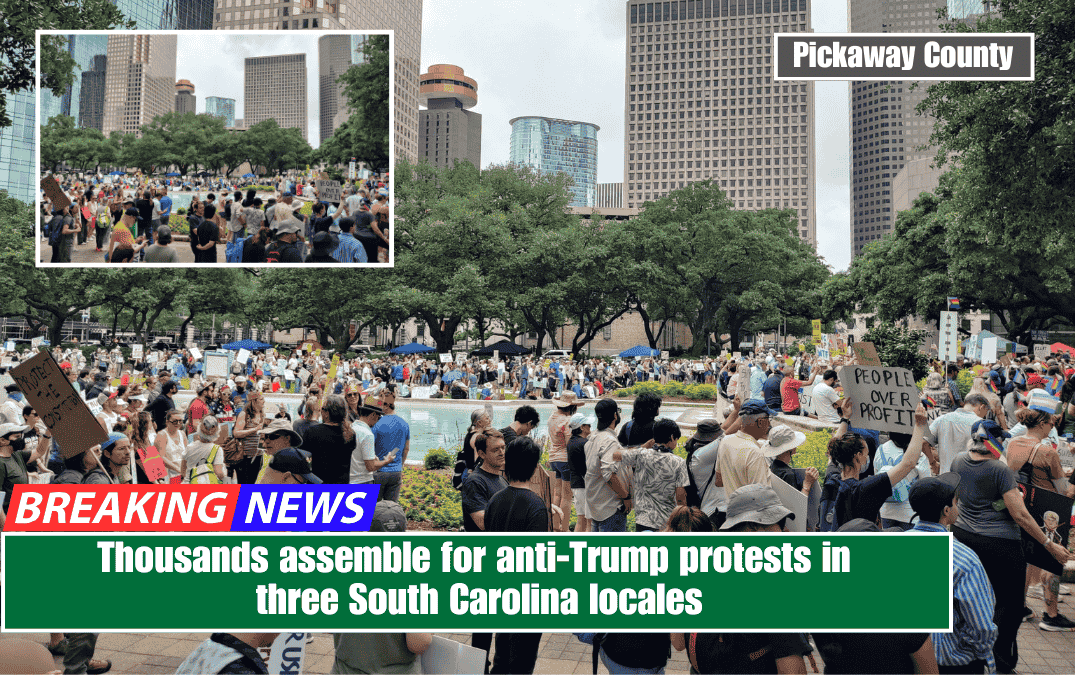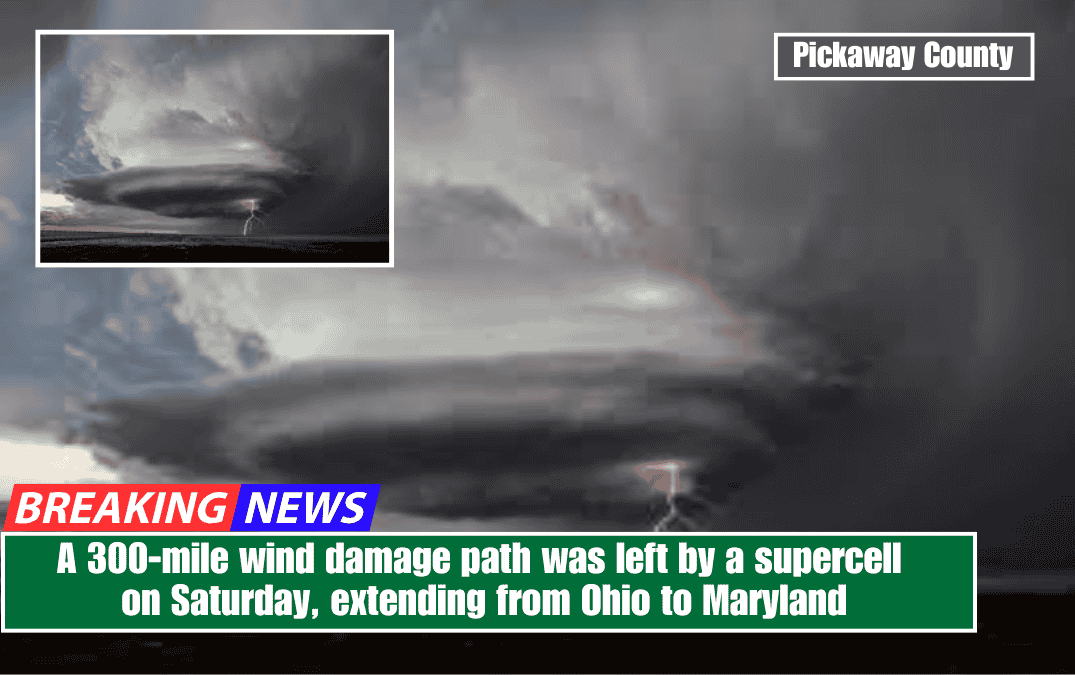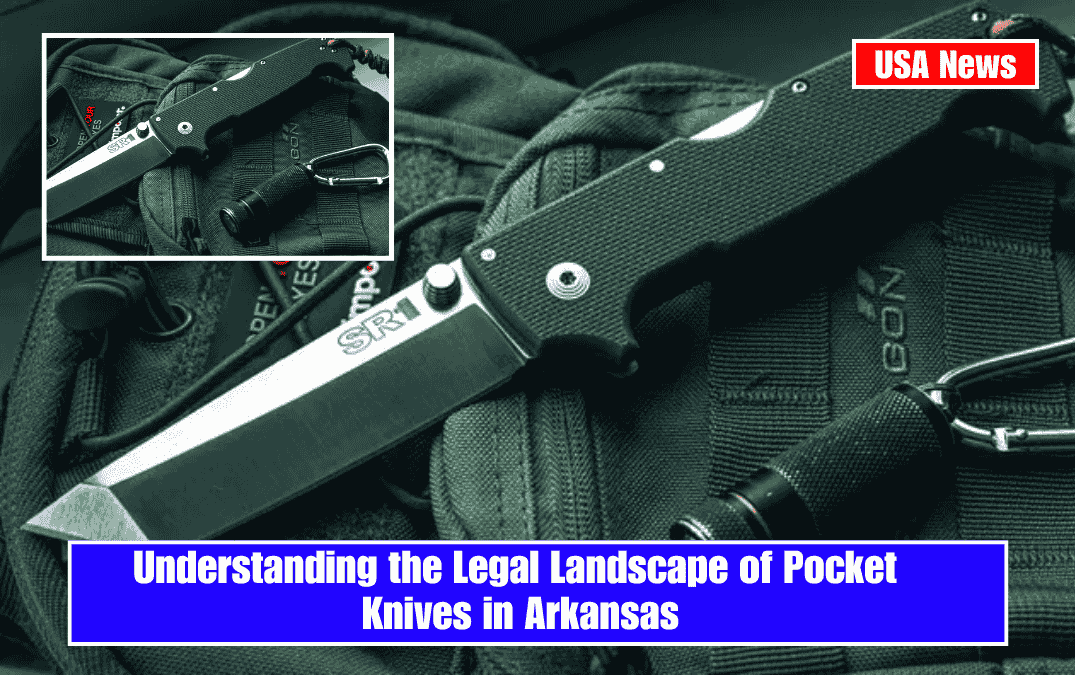On Sunday, the iconic flying WV logo in front of the Rich/Gutta building at Patteson Drive and University Avenue stood silently in the face of nature’s fury. The scorched and battered symbol was the result of a storm that ripped through Morgantown on Saturday night, leaving a path of devastation in its wake.
What struck Morgantown and the surrounding north-central West Virginia region was not your typical summer thunderstorm. It was a fast-moving microburst—a fierce and sudden downdraft of wind—with gusts reaching 70 miles per hour.
Residents who had gone to bed expecting rain were jolted awake by howling winds, the crash of falling trees, and, in many areas, total power outages. What began as a typical summer evening quickly devolved into a night of chaos and anxiety.
The Rich/Gutta building, a well-known landmark in the city, became a symbol of the storm’s intensity. The flaming remains of the flying WV logo, captured in a striking photo by Ron Rittenhouse, emphasised the intensity of Morgantown’s experience.
“Everything happened so fast,” said one resident who lives close to the intersection. “The wind sounded like a freight train.” Trees were snapping and power lines were sparking—it was terrifying.”
The National Weather Service confirmed that the destructive winds were caused by a microburst rather than a tornado. Microbursts are localised but extremely powerful wind events that can cause as much damage as tornadoes, despite receiving less attention. This one ripped through the area with little warning, knocking down trees, flipping signs, and making roads impassable.
Utility crews from across the region have worked tirelessly to restore power. By Sunday afternoon, thousands of homes and businesses were still without power, and downed lines posed a risk to residents and first responders alike.
According to emergency management officials, the hardest-hit areas are experiencing significant structural damage in addition to power outages. Several buildings sustained roof damage, and debris littered the streets throughout the city.
On Sunday, public works crews cleared fallen branches and removed hazards from roadways. Access to some neighbourhoods was completely blocked for several hours until emergency services arrived.
City officials praised the quick response of both utility and emergency personnel. “Our crews have been working around the clock to assess damage and restore essential services,” a city spokesperson stated. “We ask for the public’s patience as we continue recovery efforts.”
Despite the destruction, there have been no reports of serious injuries—a small miracle given the storm’s speed and strength. However, many residents are dealing with damaged property, spoiled food, and the uncertainty of when power and normalcy will be restored.
The storm caught many West Virginia University students off guard, as they were enjoying a quiet weekend before summer classes began. “We didn’t know what was going on,” said a student who lived off campus. “The power went out, the alarms started going off, and we just tried to stay safe.”
The WVU campus itself reported minor damage but no major incidents. School officials are assessing the situation and preparing to provide assistance to affected students.
Meteorologists are currently examining radar and weather data to determine the storm’s exact path and strength. Microbursts can form in minutes and cause devastation in seconds, making them particularly difficult to predict and respond to.
As the city begins to clean up, residents are also reflecting on the unpredictable nature of severe weather. Many people say they will take future storm warnings more seriously.
“I’ve lived in Morgantown all my life,” said one resident. “We’ve had storms before, but not like this. It’s a reminder that we should be ready for anything.”
Meanwhile, the blackened and damaged flying WV logo is a powerful symbol of the storm’s wrath—and the community’s resilience as it works to rebuild.
As of Monday, weather conditions are expected to stabilise, allowing Morgantown to recover. Local shelters and emergency resources remain available to those in need.
And, while the skies may have cleared, the memory of Saturday night’s storm will last long after the last fallen tree has been removed.
